The iPhone 4 came out here just over a month ago, and a handful of small Taiwanese companies have jumped on the bandwagon by launching a new wave of accessories, ranging from protective cases to wireless stereo speakers.
The Taipei Times tried out an array of iPhone-related products on loan from IPEVO, a Taiwanese company and online store specializing in Skype and iPhone accessories. Everything listed below is available at its online store, www.ipevo.com.tw, as well as at most electronics retailers.
Do you really need a protective case? Apple seems to think its bumper case (NT$1,080 at its online store), which just covers the edges, is enough. But for users who are looking to avoid the risk of scratches and scrapes on their shiny new iPhone 4, the offerings cost from around NT$500 for a basic, soft rubber shell to around NT$1,000 for a stiffer cover made of fancy plastic and rubber.
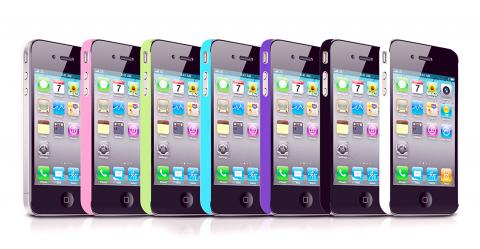
Photos Cpurtesy Of IPEVO
On the low end of the price scale, Marware’s flexible and squishy SportGrip (NT$550) is as basic as it gets. Tunewear’s aptly named eggshell for iPhone 4 (NT$790) is a thin, one-piece plastic case made of a layer of hard, smooth rubber that covers just the back and sides. Case-mate has a similar product that it calls “barely there” (NT$680). Simple Wear’s Slider Shell iPhone 4 (NT$1,080), a two-piece snap-on case, is slightly bigger. The Tunewear and Simple Wear cases also come with a clear protective film sticker for the front of the phone.
Choosing between the options boils down to personal preference: The Tunewear eggshell and Case-mate leave some of the edges of the phone exposed, while Simple Wear’s case covers everything except the volume buttons and ports. In general, the higher priced cases use a more refined rubber and don’t feel as sticky as the cheaper ones like Marware’s. All of the cases come in multiple colors.
These cases all look like they do a sufficient job of protecting the back and sides of the phone from blunt objects in your pocket or purse like car keys or loose change.
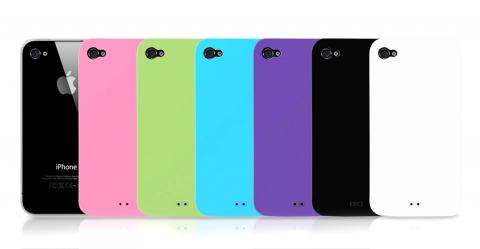
Photos Cpurtesy Of IPEVO
IPEVO has produced a few audio products of note that are aimed at users of Apple’s iPhone and iPad (which has yet to officially hit the market in Taiwan). The IPEVO Open Stereo Earphones (NT$799) are worth a try if you don’t like earbud-shaped headphones, such as the white pair that comes with the iPhone.
The IPEVO headset has an additional function that Apple’s earphones don’t have. If you’re listening to music on your iPhone, click on the microphone twice to skip a track and three times to go back. (There’s a separate volume switch also attached to the earphone wires).
Designed for both comfort and better sound quality, IPEVO’s headsets hang from the top of your ears with plastic clips. The speaker portion dangles right outside the wearer’s ear canal, but doesn’t stick all the way inside, which could be a boon for those who find common earbud headphones uncomfortable.
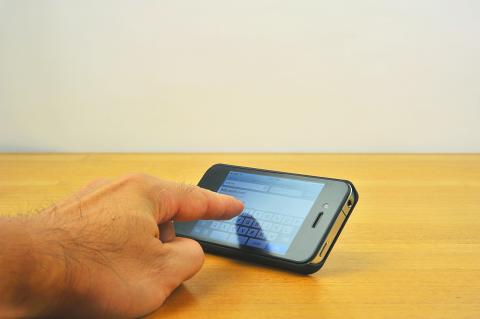
Photos Cpurtesy Of IPEVO
The IPEVO earphones are indeed less intrusive, but do take some getting used to. They often feel like they’re going to fall off, although for the most part, they did a good job of staying on. The only time they fell off my ears is when I bent all the way to the left or the right to see how far I could go before they dropped. They should be able to withstand jerky movements of headbangers and air guitarists.
IPEVO claims that the design of these headphones reduces the health effects of listening to elevated sound levels. I noticed that the sound was quieter, but it still felt full and almost three dimensional in comparison to the iPhone headset. On its Web site, IPEVO also suggests that the earphones help users stay “aware of traffic” and their “surroundings” when making calls or listening to music. I didn’t find this to be the case for the latter. Walking around Taipei, I just wanted to turn up the volume on the IPEVO headset until I couldn’t hear any ambient noise — don’t buy these if you think they’re going to help you hear oncoming traffic.
IPEVO Open Stereo Earphones are worth considering if you wear headphones for long periods of time — for example, if you work in an office. And the sound quality is pretty good for the price.
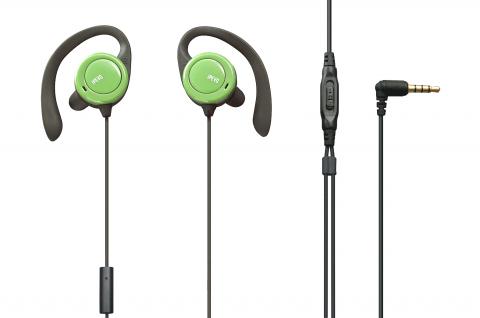
Photos Cpurtesy Of IPEVO
The IPEVO Tubular Wireless Speakers (NT$1,990) sport a nifty design and worked nicely when I tested them with an iPhone 4 and an iPad. The two separate speakers lock together into a single tube that’s around the size of a tea canister or two coffee mugs stacked together. Though marketed as a product for the iPhone or iPad, IPEVO says they can connect to any device that is capable of streaming audio using Bluetooth. The small-ish size means you won’t hear much bass, but the sound is at least as good as the average set of computer speakers.
The Tubular is not completely wireless. The speakers need to be connected together with a cable and there’s another USB cable for the internal rechargeable battery, which IPEVO says will last between six to eight hours. But each speaker has a compartment that neatly hides the cables. All in all, this is a nice, portable package if you travel and want to broadcast sound from your phone or device for a small audience of three or four persons.
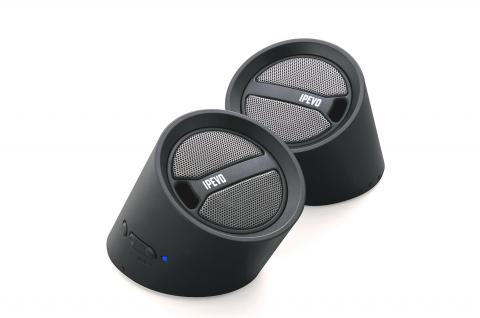
Photos Cpurtesy Of IPEVO

One of the biggest sore spots in Taiwan’s historical friendship with the US came in 1979 when US president Jimmy Carter broke off formal diplomatic relations with Taiwan’s Republic of China (ROC) government so that the US could establish relations with the People’s Republic of China (PRC). Taiwan’s derecognition came purely at China’s insistence, and the US took the deal. Retired American diplomat John Tkacik, who for almost decade surrounding that schism, from 1974 to 1982, worked in embassies in Taipei and Beijing and at the Taiwan Desk in Washington DC, recently argued in the Taipei Times that “President Carter’s derecognition

This year will go down in the history books. Taiwan faces enormous turmoil and uncertainty in the coming months. Which political parties are in a good position to handle big changes? All of the main parties are beset with challenges. Taking stock, this column examined the Taiwan People’s Party (TPP) (“Huang Kuo-chang’s choking the life out of the TPP,” May 28, page 12), the Democratic Progressive Party (DPP) (“Challenges amid choppy waters for the DPP,” June 14, page 12) and the Chinese Nationalist Party (KMT) (“KMT struggles to seize opportunities as ‘interesting times’ loom,” June 20, page 11). Times like these can

June 23 to June 29 After capturing the walled city of Hsinchu on June 22, 1895, the Japanese hoped to quickly push south and seize control of Taiwan’s entire west coast — but their advance was stalled for more than a month. Not only did local Hakka fighters continue to cause them headaches, resistance forces even attempted to retake the city three times. “We had planned to occupy Anping (Tainan) and Takao (Kaohsiung) as soon as possible, but ever since we took Hsinchu, nearby bandits proclaiming to be ‘righteous people’ (義民) have been destroying train tracks and electrical cables, and gathering in villages

Dr. Y. Tony Yang, Associate Dean of Health Policy and Population Science at George Washington University, argued last week in a piece for the Taipei Times about former president Ma Ying-jeou (馬英九) leading a student delegation to the People’s Republic of China (PRC) that, “The real question is not whether Ma’s visit helps or hurts Taiwan — it is why Taiwan lacks a sophisticated, multi-track approach to one of the most complex geopolitical relationships in the world” (“Ma’s Visit, DPP’s Blind Spot,” June 18, page 8). Yang contends that the Democratic Progressive Party (DPP) has a blind spot: “By treating any